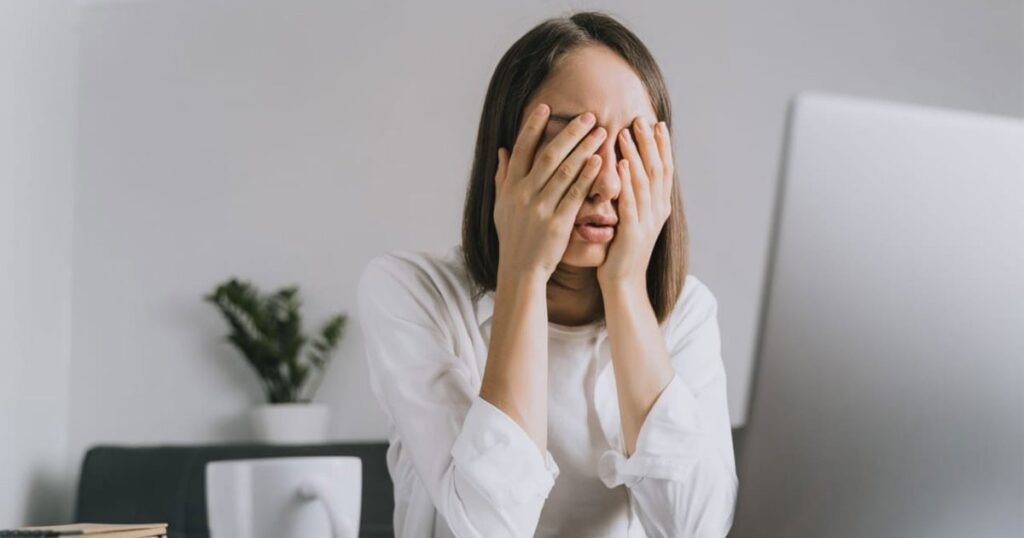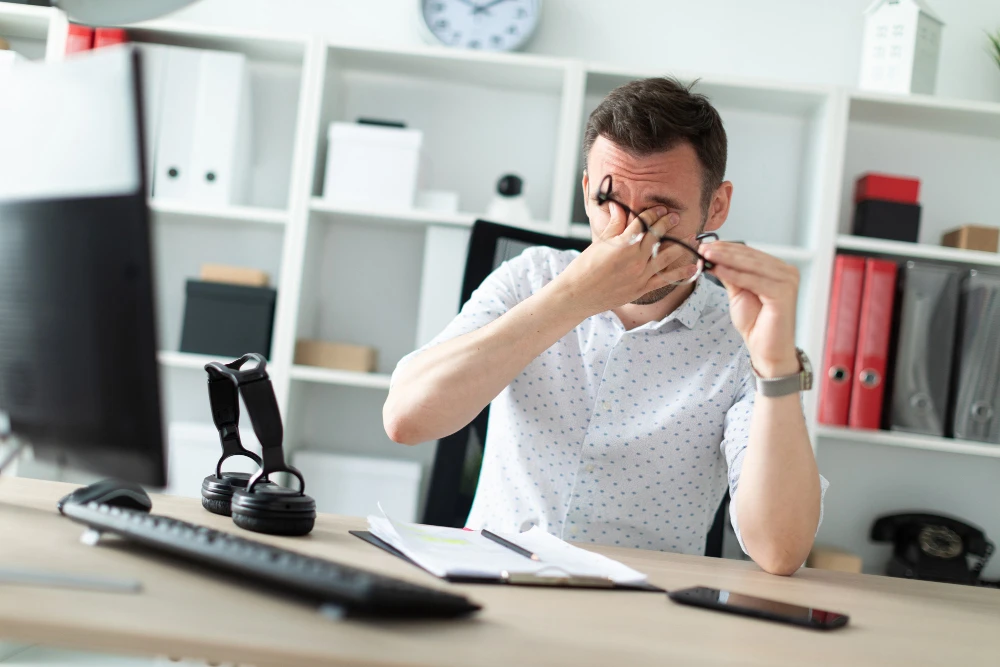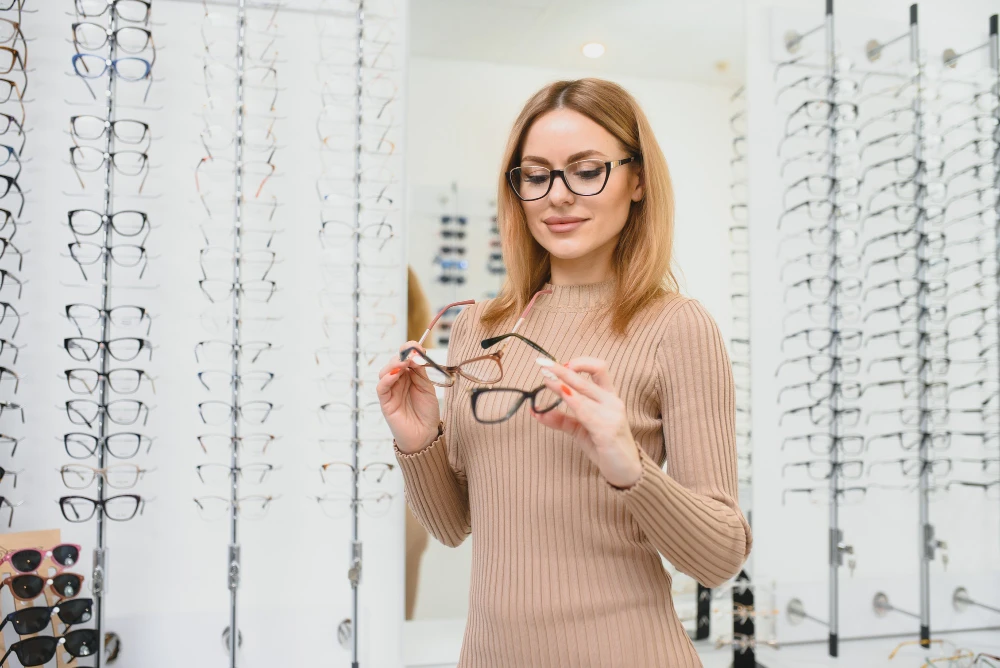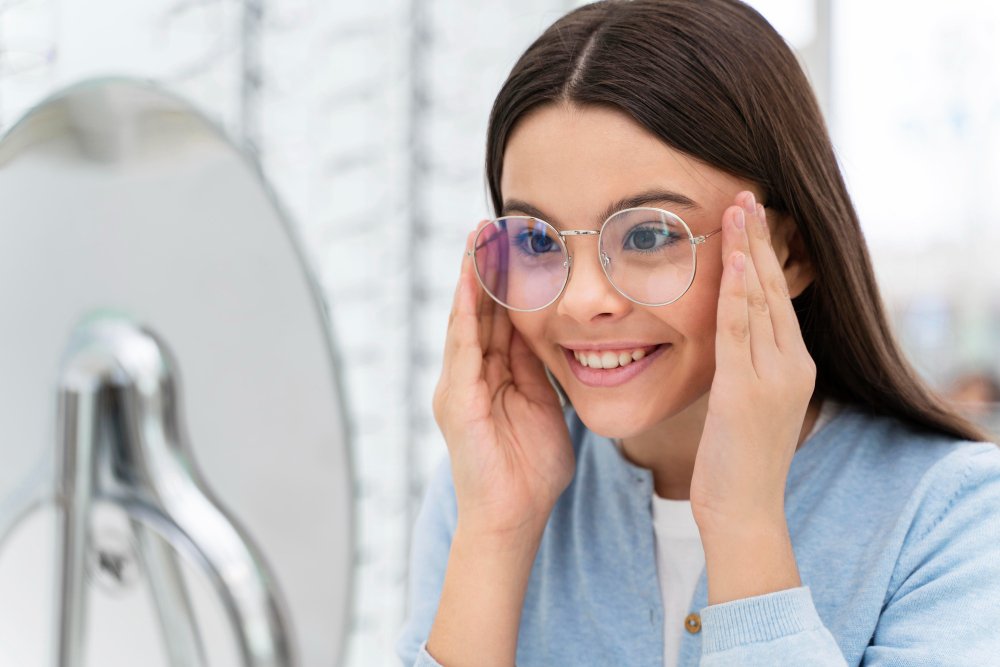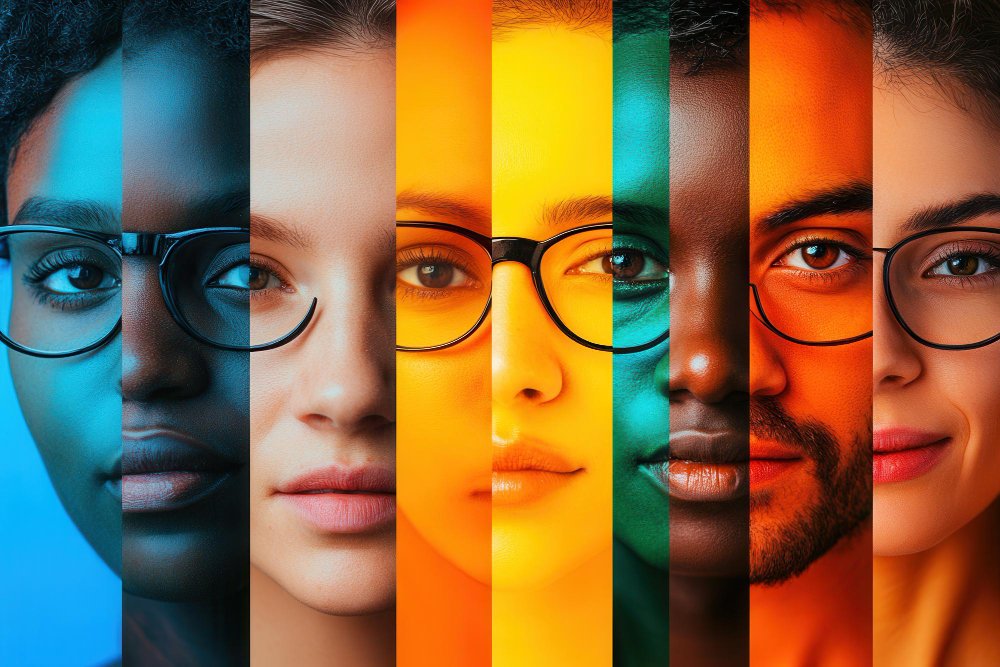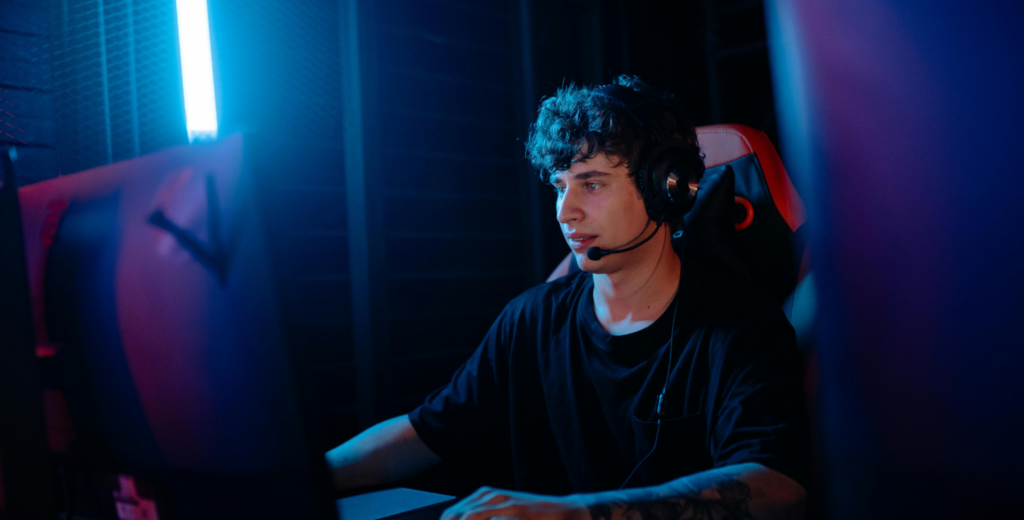Digital screens are everywhere in our lives, from smartphones to laptops and even smart TVs. While they keep us connected and productive, they can also take a toll on our eyes. One common issue that many people face is eye strain, also known as digital eye strain or asthenopia. In this guide, we’ll break down how long eye strain typically lasts, what causes it, and how you can get relief—quickly and effectively.
What Is Eye Strain and Why Does It Happen?
Eye strain occurs when your eyes become fatigued due to overuse, especially during tasks that require intense focus. Common activities that trigger eye strain include staring at screens, reading for long periods, driving at night, or working under poor lighting. It’s not a disease but a symptom of overworked eyes, and it affects millions of people globally, especially those with screen-based jobs or hobbies.
This condition is also closely linked to modern habits like excessive smartphone usage, binge-watching shows, or using computers without taking proper breaks. The muscles around the eyes get strained, leading to discomfort and even pain. Fortunately, it’s usually temporary, but in some cases, it can become a persistent issue that impacts your quality of life.
If you frequently deal with eye strain, scheduling Comprehensive Eye Exams can help identify underlying vision issues or detect early signs of strain-related complications. These exams not only ensure your prescription is up to date but also give you practical advice to protect your eyes from daily screen exposure.
What Are the Most Common Symptoms of Eye Strain?
Eye strain manifests in various ways depending on the individual and the intensity of use. Most people experience a combination of symptoms such as tired or sore eyes, dryness, burning sensations, and difficulty focusing. You may also notice that your vision becomes blurry after a long day or that you’re unusually sensitive to light.
Headaches, especially around the temples or behind the eyes, are also common signs. Some people even develop neck and shoulder pain due to poor posture during screen use. These symptoms can make everyday tasks difficult and reduce your productivity. Identifying them early helps in applying the right solutions before they become chronic.
How Long Does the Eye Strain Typically Last?
There isn’t a single answer for how long eye strain may last, as it varies depending on the cause and individual circumstances. Often, eye strain is temporary and resolves with rest and simple changes in habits. For example, after stepping away from screens or resting your eyes, symptoms may disappear within a few minutes to a few hours.
Generally, short-term eye strain does not cause permanent damage, though it can feel uncomfortable while present. However, if the activities causing strain, like prolonged screen use, are repeated daily without proper adjustments, symptoms may last for several days or even become chronic over time.
If your eye strain continues for more than 48 hours despite rest, it may signal an underlying issue that requires professional evaluation. Frequent or persistent eye strain can sometimes be linked to other eye conditions, including:
Dry Eye Disease
Dry eye disease occurs when the eyes fail to produce enough quality tears, leading to dryness and irritation. The insufficient lubrication may lead to burning, blurred vision, and ongoing eye strain. Treatment options include lubricating eye drops, medications, and specialized therapies to improve tear production.
Myopia (Nearsightedness)
Myopia makes distant objects appear blurry, forcing the eyes to work harder to focus. Continuous strain may result in headaches, tired eyes, and frequent squinting. Prescription eyeglasses, contact lenses, or corrective surgery are effective solutions to reduce eye strain caused by myopia.
Hyperopia (Farsightedness)
Farsightedness causes nearby objects to appear blurry, making tasks like reading or using digital devices challenging. The extra effort to focus on close objects can lead to eye strain and fatigue. Corrective lenses help the eyes maintain proper focus, reducing discomfort during near-vision activities.
Presbyopia
Presbyopia typically develops with age, reducing the eye’s ability to focus on close-up objects. Reading, using smartphones, or doing detailed work may become difficult, often causing headaches and eye strain. Presbyopia is often treated with reading glasses or multifocal lenses.
Astigmatism
Astigmatism happens when the cornea or lens is unevenly shaped, causing distorted vision. This distortion forces the eyes to work harder, leading to blurred or double vision and eye strain. Corrective lenses or refractive surgery can help improve vision clarity and ease strain.
What Factors Influence How Long Eye Strain Lasts?
The duration of eye strain depends on a variety of lifestyle and health factors. If you spend long hours on digital devices without breaks, your symptoms are likely to last longer. Environmental factors, such as lighting, glare, and screen brightness, also play a major role in how your eyes respond to prolonged tasks.
Additionally, your overall eye health, hydration levels, posture, and whether or not you wear the right prescription glasses affect recovery time. Age is another factor—older adults may take longer to recover due to decreased eye flexibility. Understanding these influences helps you take the right steps to reduce strain and prevent it in the future.
How Can You Relieve Eye Strain Quickly?
Thankfully, there are many effective ways to relieve eye strain and feel better fast. One of the most recommended techniques is the 20-20-20 rule: every 20 minutes, look at something 20 feet away for at least 20 seconds. This gives your eyes a much-needed break and reduces the fatigue caused by close-up focus.
Other relief options include using lubricating eye drops, applying a warm compress over closed eyes, and blinking more often to keep your eyes moist. Adjusting your screen’s brightness, increasing font size, and using blue light filters can also bring fast relief. Don’t forget the power of a good night’s sleep; your eyes need downtime just like your brain does.
How Can You Prevent Eye Strain From Coming Back?
Preventing eye strain is often easier than treating it repeatedly. Start by optimizing your workspace: make sure your monitor is at arm’s length and slightly below eye level. Use soft, indirect lighting and avoid glare by adjusting the position of your screens or using anti-glare screen covers. These small changes go a long way in protecting your eyes.
Make a habit of taking regular breaks during long work sessions, and stretch your neck and back to reduce tension. Staying hydrated and eating a nutrient-rich diet also supports overall eye health. If you wear glasses, ensure your prescription is up to date and ask your optometrist about computer-specific lenses if you spend a lot of time on screens.
Can Chronic Eye Strain Lead to Vision Problems?
While occasional eye strain doesn’t damage your vision permanently, chronic strain can impact your overall eye health. Over time, it may contribute to ongoing headaches, reduced concentration, and an increased risk of developing more serious visual issues if left uncorrected. If you regularly experience discomfort, it’s crucial to address it early.
Constant overuse without rest may lead to worsening symptoms that affect work performance and quality of life. The more frequently your eyes are stressed, the harder it becomes for them to recover naturally. That’s why professional guidance and regular check-ups are so important.
Take Care of Your Eyes—Visit Vision Gallery Today
Your eyes do so much for you every day; they deserve your care and attention. If you’re experiencing frequent eye strain, don’t wait for it to get worse. At Vision Gallery, our experienced eye care team can help you identify the root cause and provide personalized solutions, whether you need updated glasses, specialized lenses, or advice on preventing screen fatigue.
We offer comprehensive eye exams, modern eyewear options, and friendly service that puts your comfort first. Let Vision Gallery be your partner in protecting your eyesight. Book your appointment today and take the first step toward clearer, more comfortable vision. Your eyes will thank you.
